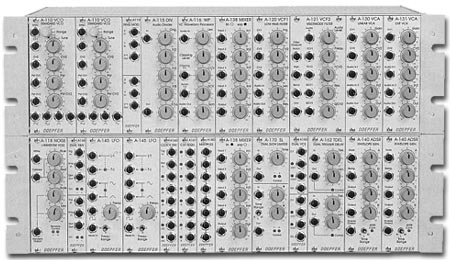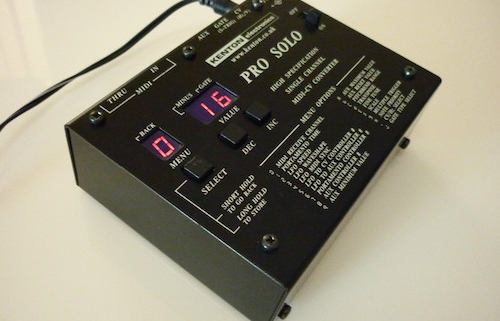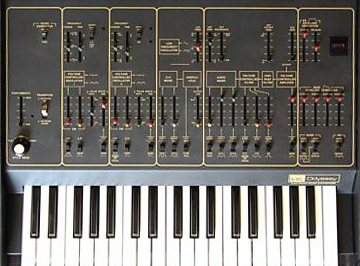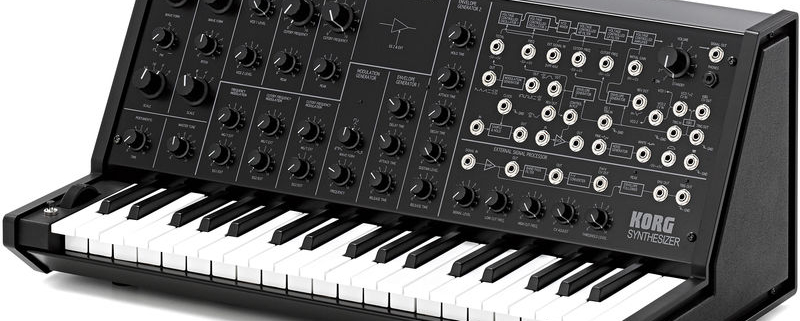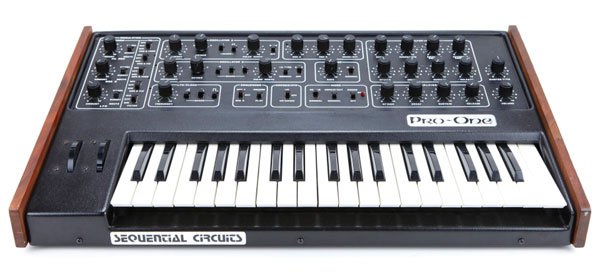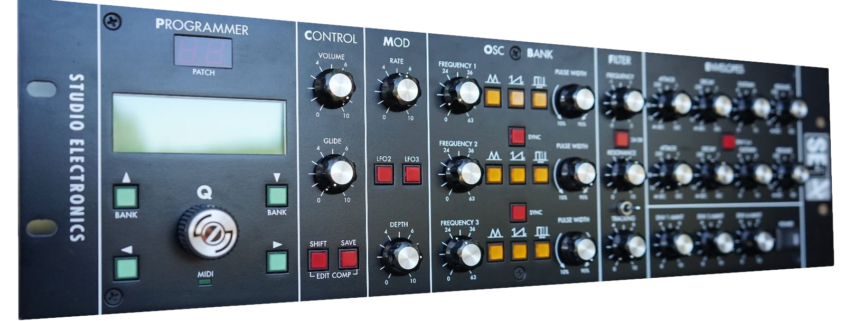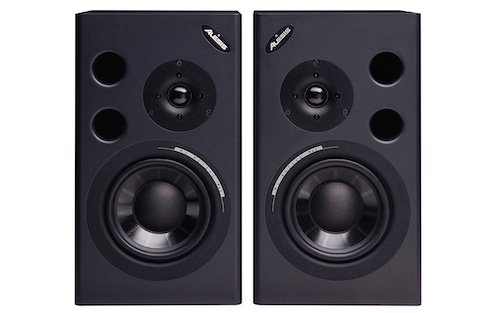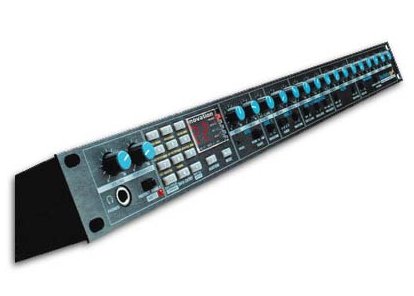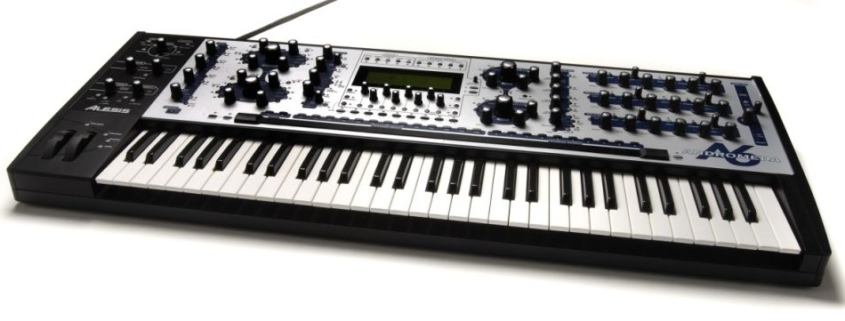OK, then. Time to go seriously analog. My plan was very simple: to build a modular synthesizer one module at a time, and spend serious quality time with each new module in order to truly learn it. I ordered an empty 6U case, and oscillator and an lfo and sat down and waited. While I waited, I happened to place the winning bid on an entire full 6U system from eBay. So much for going slowly.
Doepfer has a truly excellent setup of modules and they are very reasonably priced. Still, before my modular grew out of proportion, I decided to go for another brand, the Synthesizers.com modular. So I sold the Doepfer and ordered a dotcom instead.
Main reasons for not keeping Doepfer: small plugs feel a bit flimsy, small modules are a bit unergonomic, and it isn’t black 🙂
My Doepferlessness didn’t last for long, though…

